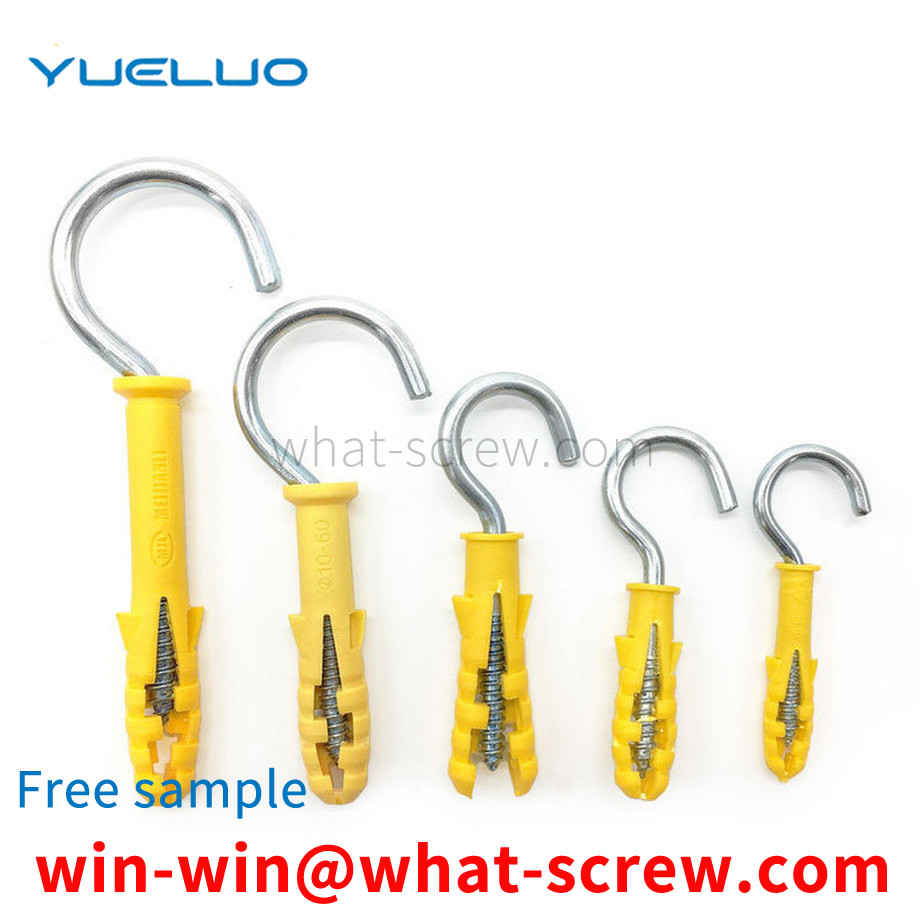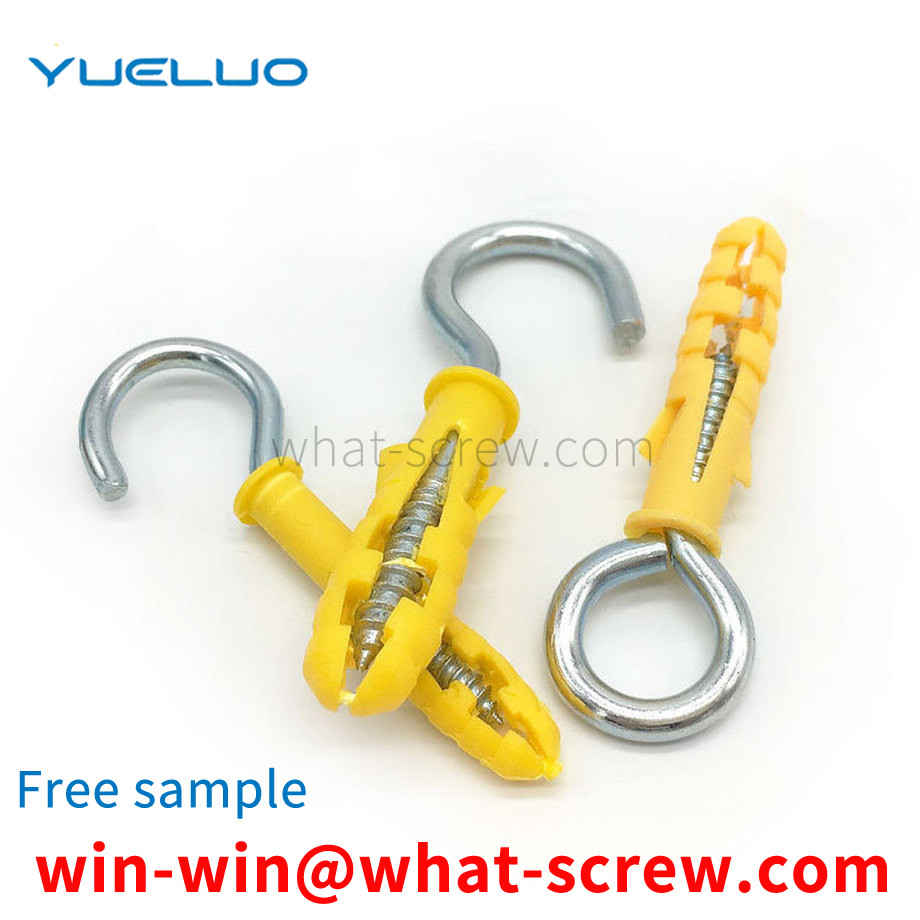At present, shaft retaining rings are mainly divided into three categories: elastic retaining rings for shafts, flattened wire retaining rings for shafts, and wire retaining rings for shafts. Among them, the spring retaining ring for the shaft is generally installed with circlip pliers, and the flattening wire retaining ring for the shaft and the wire retaining ring for the shaft are generally installed with a sharp screwdriver or needle-nose pliers. The defects and deficiencies of these two methods will be discussed in detail below: First, the above two installation methods require the operator to use a large force to open the retaining ring, which is more laborious; For the installation of the flattened steel wire retaining ring for the shaft and the steel wire retaining ring for the shaft, because the wire retaining ring has low elasticity and has no force point, it is very easy to cause the retaining ring to break or the installation tool to slip during the installation process. Higher skills and experience can be competent for the installation of wire retaining rings.
Plastic tree rivets are also called inverted tooth plastic rivets, also known as Christmas tree plastic rivets. The toothed flakes have good elasticity and can be directly manually pressed and installed in the round holes of the interference assembly. The toothed flakes can be installed according to the actual thickness and size. It can be fixed by self-adjustment. The design of the inverted tooth type is that the rivet is firmly fixed to the installation surface after installation, and it is not easy to be pulled out. It is suitable for fixing between soft materials such as foam, wood, rubber, and automobile interiors. Plastic tree rivets have excellent insulation, fire resistance, non-magnetic, heat insulation, light weight, high temperature resistance, high strength, corrosion resistance, and are widely used in various industrial fields.
The spring self-locking nut is a spring clip self-locking nut, which consists of an S-shaped spring clip and a self-locking nut. The S-shaped spring clip is provided with a fixing hole (3) for fixing the self-locking nut, which is used for the transition through the bolt. The self-locking nut is placed between the clamping hole and the transition hole (4), and is clamped in the clamping hole. The utility model adopts the elastic force of the spring clip to fix the self-locking nut on the connecting plate or the support. Not only is it convenient to install, but also has good reliability after installation.
The production of stud bolts requires fixed equipment and machine tool processing. Of course, the processing procedure is relatively simple. There are mainly the following procedures: first, the material needs to be pulled out. After this process, the next process can be carried out. The next process is to use a cutting machine to cut the straight and long material into the length required by the customer according to the customer's requirements. This completes the second process. The third process is Put the cut short material on the thread rolling machine and roll out the thread; the ordinary stud bolts are processed here, of course, if other requirements are required, other processes are required. [1] The commonly known bolt refers to the screw with a larger diameter. According to this statement, the diameter of the screw is much smaller than that of the bolt. Stud bolts do not have a head, and some are called studs. Both ends of the stud are threaded, with no thread in the middle and a smooth rod in the middle. Studs are used on large equipment such as gear racks. In actual use, the external load will have vibration and the influence of temperature will reduce the frictional force, and the threaded connection will loosen and fail over time. Therefore, it is necessary to do a good job in the maintenance of the stud bolts at ordinary times. Stud bolts or anchor bolts will have problems under the action of mechanical friction for a long time. When problems occur, the engine oil pan should be removed, and the use of the engine bearing bushes should be carefully checked, and the clearance between the bearing bushes should be checked. Whether it is too large, if the gap is too large, it should be replaced in time. When replacing the stud bolts, also replace the connecting rod bolts. When some large equipment such as nail making machines are in normal operation, if they find that the engine is not running very stable or there is abnormal noise, they should stop and check in time to avoid bigger problems. [1] In each maintenance, the newly replaced stud bolts and other accessories should be inspected. During the inspection, the focus should be on the head and guide part of the stud bolt. Whether there are cracks or dents in each part, and also check whether the tooth shape of the stud bolt has changed. Is there any abnormality in the thread pitch? If there is any abnormality, it must not be used again. A torque wrench should be used when installing the connecting rod cover. It must be tightened according to the specified standards, the torque should not be too large or too small, and attention should be paid to selecting the stud bolts and studs of the supporting manufacturer.
The pretreatment process is a key process that determines the quality of nickel-phosphorus plating on high-strength bolts. The purpose of this process is to remove the passivation layer on the surface of the bolt and prevent the regeneration of the passivation film. The execution of this process directly determines the degree of bonding between the substrate and the coating. Most of the quality accidents in production are caused by poor pretreatment of bolts. Before plating, the oil, rust and oxide scale attached to the surface of the bolt must be carefully removed; the difference with electroplating is that it should be inspected more carefully, and plating is absolutely not allowed on unclean bolts. ① Inspection of bolts: Visual inspection of the surface quality of bolts requires that any burrs left by processing must be removed, and sharp edges and corners must be rounded. ② Manual degreasing; ensure that the surface of the substrate is free of oil stains. ③ Soak and remove oil; boil the bolts in alkaline water to remove the surface oil. ④ Pickling: In order to prevent the alkaline degreasing solution from contaminating the flash nickel plating tank, electro-activation treatment is carried out with pickling solution before flash nickel plating. ⑤ Electro-activation; electro-activation treatment with acid solution. ⑥ Flash nickel plating; flash nickel plating should be used for low alloy steel to increase the bonding strength between the coating and the substrate.
We have many years of experience in the production and sales of screws, nuts, flat washers, etc. The main products are: anti-skid washers, thickened washers, GB6170 hexagon nuts, built-in hexagon expansion bolts and other products, we can provide you with suitable products for you. Fastener Solutions.



















 Service Hotline
Service Hotline




